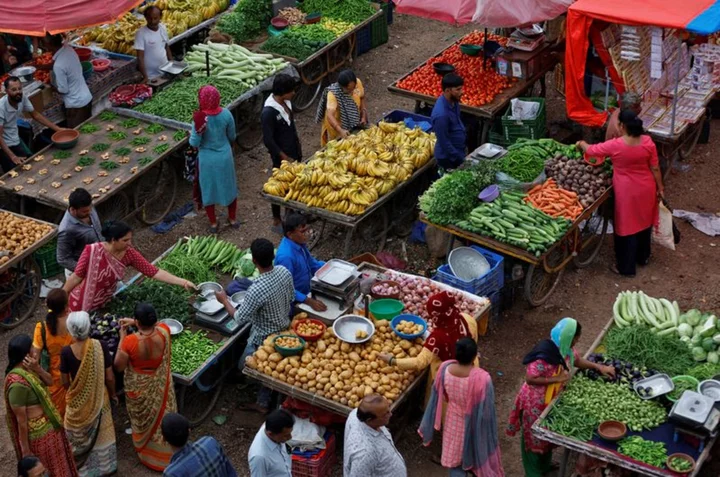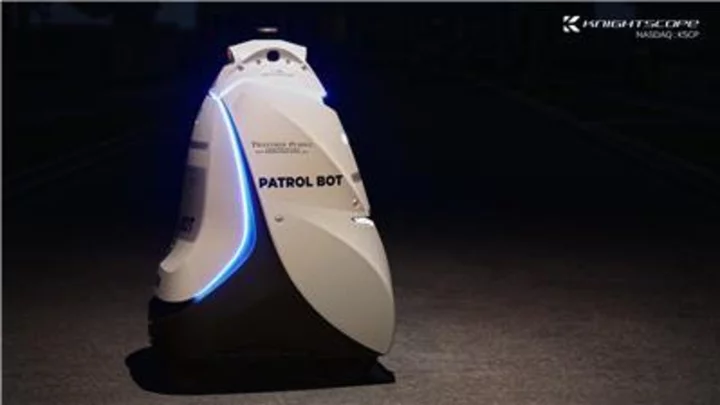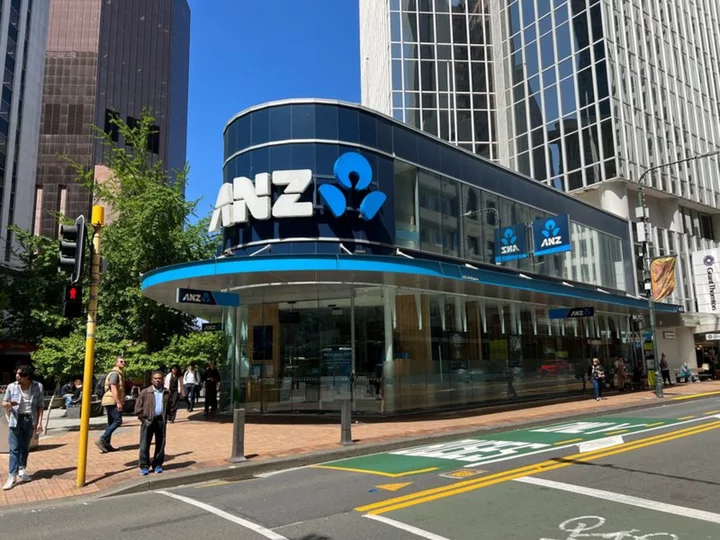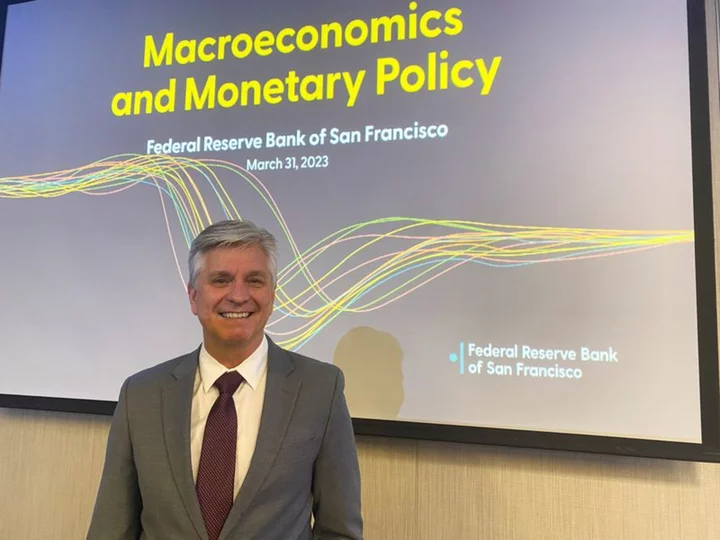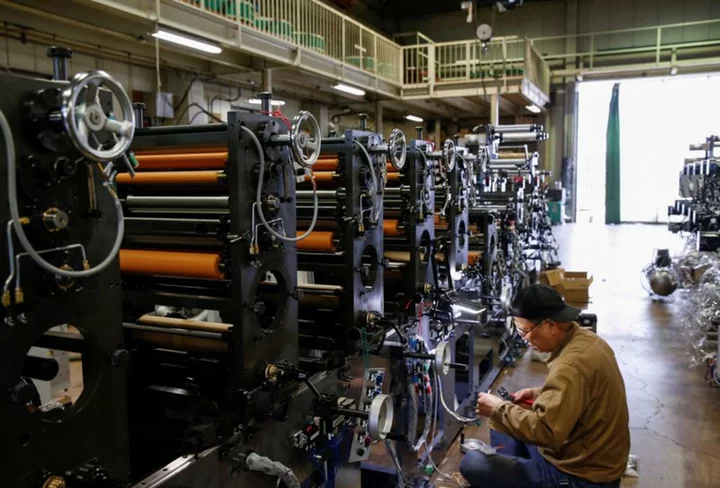By Aftab Ahmed
NEW DELHI (Reuters) -India's retail inflation eased to a three-month low in September on the back of softer vegetable prices, but remained above 4%, a target that the country's central bank has signalled would be key before easing rates.
Annual retail inflation rose 5.02% in September from 6.83% the previous month. A Reuters poll of 66 economists had forecast a rate of 5.50%. Retail inflation in June, which was lower than the latest figure, was 4.81%.
September inflation was below the Reserve Bank of India's upper tolerance band of 2%-6%.
Food inflation, which accounts for nearly half of the overall consumer price basket, rose 6.56% in September as compared with 9.94% in August.
September inflation was below the Reserve Bank of India's (RBI) upper tolerance band of 2%-6%.
But the RBI earlier this month kept its key lending rate steady for a fourth consecutive policy meeting, and emphatically reiterate that it is targeting inflation of 4% and a print of below 6% may not suffice as a condition for easing rates.
Vegetable prices was the key driver in keeping inflation elevated in the previous two months, forcing the government in to banning some exports of rice and raising duties for onions.
Vegetable inflation sharply eased to 3.39% in September from 26.14% in the previous month. Cereal inflation in September eased to 10.95% from 11.85% in August. It has banned exports of wheat since last year.
"The central bank is unlikely to shift away from its hawkish rhetoric for as long as there remains a significant risk of a renewed pick up in food prices," said Thamashi De Silva of Capital Economics.
She added despite the sharp drop in the headline rate, the food inflation threat is far from over given that India recorded its driest monsoon in five years.
The government also hiked the cooking gas subsidy for low income households to 300 rupees per cylinder from 200 rupees announced in August, to contain inflation.
(Reporting by Aftab Ahmed; Editing by Sharon Singleton and Angus MacSwan)

